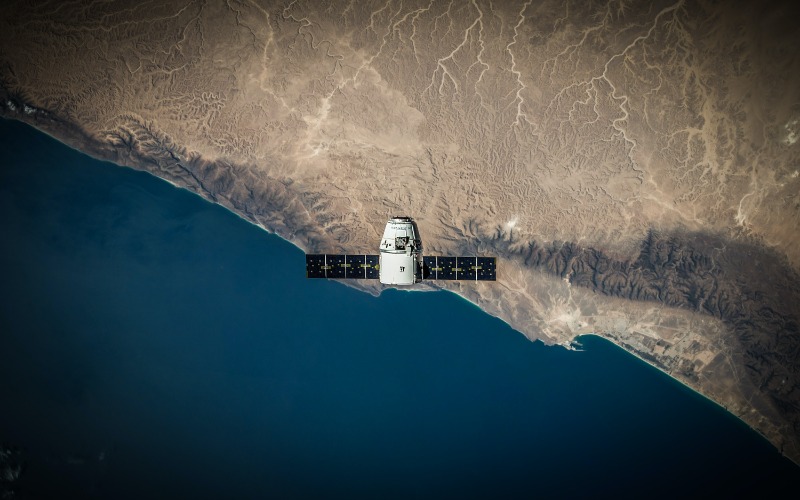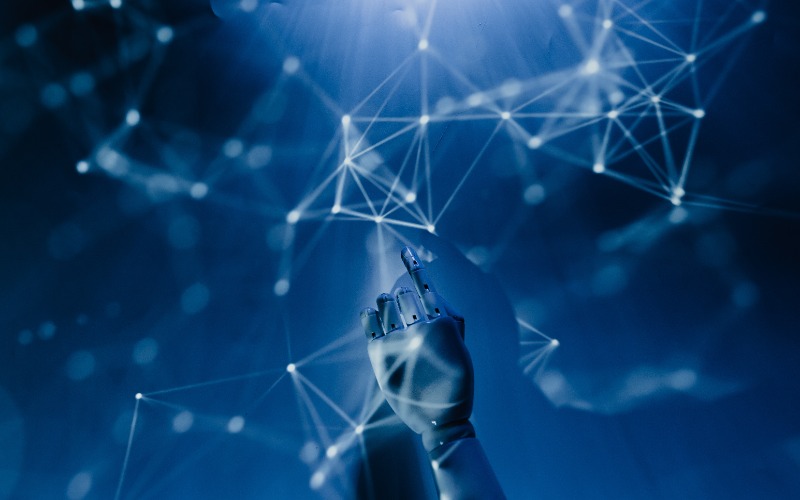Personal computers and artificial intelligence are now part of a long list of inventions and discoveries that change the way people work, live, study, and do research.
3D Printed Houses
The technology of 3D-printed houses is 100% dependent on computers. First, a computer is used to design the structures of the house. Other computers control the construction. Ribbons of concrete are poured from machines into layers over a concrete foundation that was made by hand. The first 3D-printed house was constructed in 2015 in Russia.
One of the first American 3D houses was a barracks building in Bastrop, Texas, for the Texas Military Department. Because 3D-printed houses take only about a week to construct and may cost less than $20,000, they are a good candidate for solving low-income housing problems in Africa, North and South America, and Europe.
Needless to say, conventional builders and architects are concerned about possible losses of business. But, if 3D houses concentrate on low-cost affordable housing, they can soon become a major factor in solving a chronic problem.
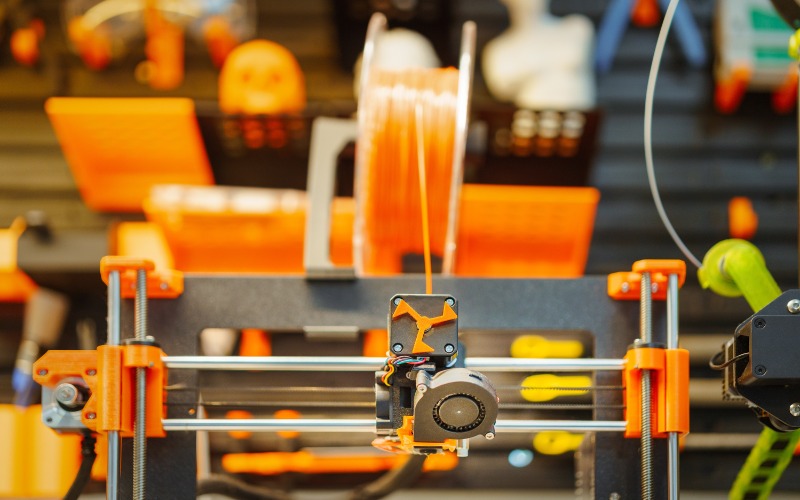
3D Interactive Books
Once published, paper books do not change. Some novels published on paper have lasted for over 1,000 years. If an author wants to create a new edition the whole book must be republished.
E-books, on the other hand, are downloaded into devices that can be connected to publishing websites. If an author wants to make small changes to an e-book, then the new version can be downloaded to any reader who wants it.
To convert an e-book novel into a movie, the essential features need to be turned into rules that can be manipulated by a computer using artificial intelligence.
Assuming that in the future, a publishing house is equipped with large computers supporting artificial intelligence and engineering staff to handle the processing, what would be the economic value of producing and marketing a movie at the same time the book itself is published?
Since computers and software support personnel are expensive, converting a novel into a movie would be far more expensive than merely publishing an e-book. If an e-book novel sells for $10, the movie version would probably need to sell for over $30 to cover production costs.
If the author and publisher believe that the book will be a bestseller, then it would probably be attractive to a real movie company such as Amazon, Netflix, or MGM. In this case, it would be best to sell movie rights to the film company rather than generate a movie automatically.

Scientific Research
Scientific research consists in part of examining all of the current facts about a topic. Using search engines such as Google, scientists can quickly find all relevant studies that have been published. Using Zoom meetings, scientists can discuss research with colleagues located anywhere in the world.
For research topics such as epidemiology, computers connected to global medical reporting services can quantify the incidence of a specific infection in every city of every country within a few minutes and can observe the rate of change – whether the infection is increasing or diminishing in terms of the number of patients.
If you compare scientific research in 2023 with similar research done 50 years ago in 1973, the following results usually occur. Fact-checking is over 10 times faster in 2023. Mathematical calculations are over 20 times faster in 2023. Distribution of results to colleagues and libraries will be over 100 times faster in 2023. The quantity of data available to researchers is over 1000 times greater in 2023. Computers are the most effective research tools in all scientific history.
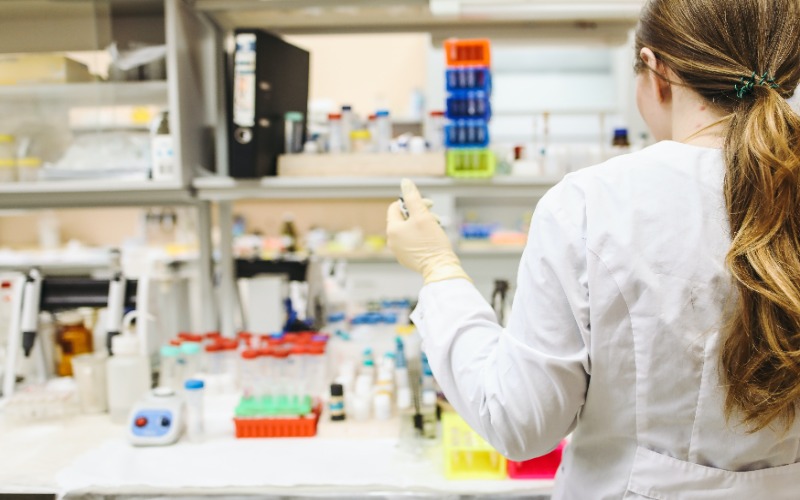
Self-Driving Vehicles
Self-driving automobiles use a combination of sensors and computers for purposes such as:
- Selecting destinations
- Viewing in all directions
- Recognition of stop signs and traffic signals
- Recognition of daytime or nighttime conditions
- Speed control of the vehicle
- Awareness of local speed limits
- Audio recognition of alarms, such as fire engine sirens
- Connections to police vehicles to stop the auto if necessary
The most probable uses of self-driving vehicles in the future would probably be:
- Taxi cabs and limos in large cities
- Military vehicles such as tanks
- Autos are acquired by assisted living homes.
- Autos are used by those without driver’s licenses.

Integrated Traffic Controls for Urban Areas
It will soon be possible for communities to have integrated traffic systems that would include:
- Synchronization of all traffic lights.
- Current data on the number of vehicles on all major roads.
- Current data on speeds of vehicles on all major roads.
- Awareness of accidents anywhere in the urban area.
- Connections to emergency vehicles to clear their right of way.
Traffic conditions could probably be sent to computerized receptors in automobiles and trucks to provide warnings of heavy traffic or accidents on their current routes. Even better, drivers could receive information on alternative routes with less traffic or no emergency vehicles.
In the future, a combination of self-driving autos and integrated traffic systems with artificial inshould reduce accident rates and reduce congestion at peak periods.
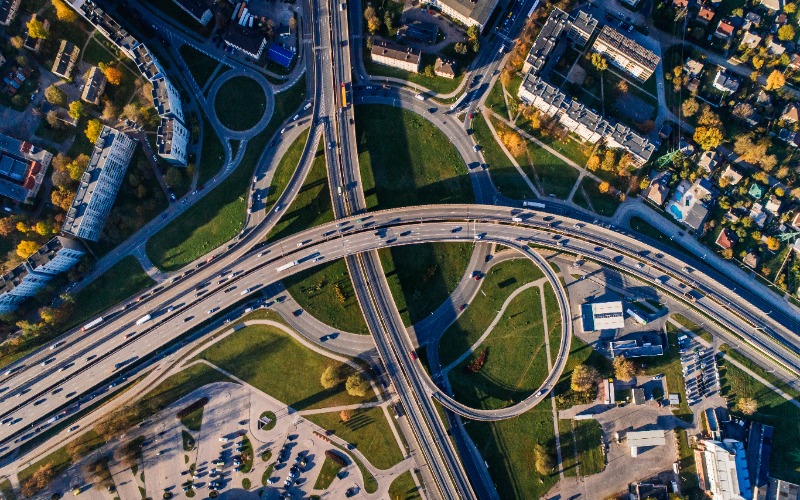
Space Exploration
Since space trips are sometimes of lengthy durations, using computers instead of human crews reduces the weight needed for supplies and reduces the space that would be needed for human crews to sleep and eat. Computers with artificial intelligence can operate without air, so complex atmosphere recycling equipment is not needed.
Sending spaceships to other planets takes weeks of space travel. In the future, sending spaceships to other stars would take years of travel. Interstellar travel would probably be impossible for human crews because they would not live long enough to reach their destinations.
In 2023, dozens of computerized space and orbital vehicles have left Earth. Computerized space exploration using artificial intelligence will probably be the norm over the next 100 years.
